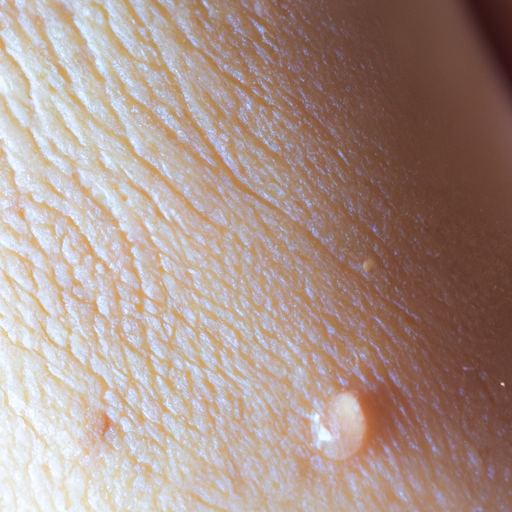As a medical professional, I often encounter patients who are concerned about the health and appearance of their skin, particularly their facial skin. One of the most effective ways to maintain a radiant complexion is through regular face exfoliation. This process removes dead skin cells, unclogs pores, and allows for better absorption of skincare products. However, it is crucial to understand the right way to exfoliate to avoid damaging your skin. Let’s unmask the radiance within you by understanding the ultimate guide to face exfoliation.
Exfoliation is a natural process where our skin sheds dead cells every 30 days or so. However, this process slows down as we age, leading to an accumulation of dead skin cells that can cause dullness, dryness, and clogged pores. Regular exfoliation helps speed up the natural shedding process, resulting in smoother, brighter skin.
There are two main types of exfoliation: physical and chemical. Physical exfoliation involves using a scrub, brush, or other abrasive tools to physically remove dead skin cells. Chemical exfoliation uses acids or enzymes to dissolve these cells. Both methods have their pros and cons, and the choice between them depends on your skin type, sensitivity, and personal preference.
Physical exfoliators are readily available and easy to use. They provide instant results, leaving your skin feeling smooth and refreshed. However, they can be harsh on sensitive skin and may cause micro-tears if used too aggressively. It’s essential to choose a product with small, gentle particles and to use light pressure when applying.
Chemical exfoliators, on the other hand, are gentler and more suitable for sensitive or acne-prone skin. They penetrate deeper into the skin, providing more thorough exfoliation. Alpha hydroxy acids (AHAs) like glycolic acid and beta hydroxy acids (BHAs) like salicylic acid are common ingredients in chemical exfoliators. AHAs are water-soluble and work on the surface of the skin, making them ideal for dry or sun-damaged skin. BHAs are oil-soluble, allowing them to penetrate deeper into the pores, making them perfect for oily or acne-prone skin.
Regardless of the method you choose, it’s crucial not to over-exfoliate. Over-exfoliation can strip your skin of its natural oils, leading to dryness, irritation, and increased sensitivity. As a general rule, exfoliate no more than two to three times a week for normal to oily skin and once a week for sensitive or dry skin.
Post-exfoliation care is equally important. Always moisturize your skin after exfoliating to replenish any lost moisture and protect your skin barrier. Also, remember to apply sunscreen during the day as exfoliation can make your skin more sensitive to the sun.
In conclusion, face exfoliation is a powerful tool in maintaining a radiant complexion. It’s essential to understand your skin type, choose the right exfoliation method, and follow a proper skincare routine post-exfoliation. If you’re unsure about which products to use or how often to exfoliate, don’t hesitate to consult a dermatologist. Remember, healthy skin is the foundation of true radiance, and proper exfoliation is a key step in achieving that.



